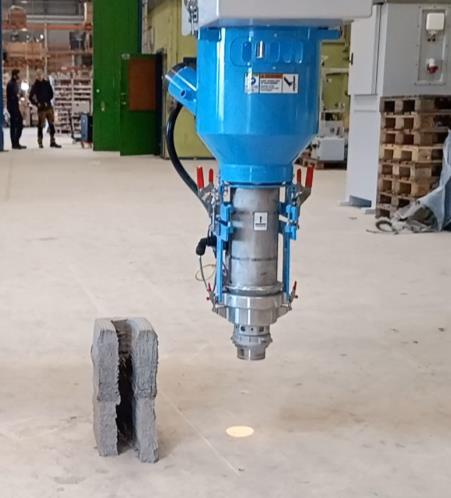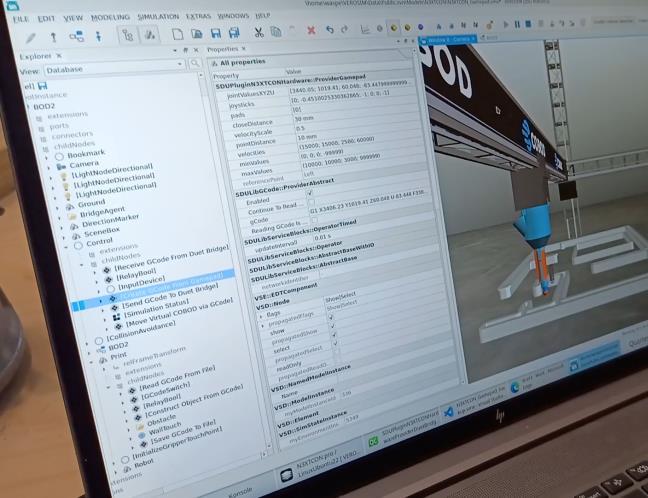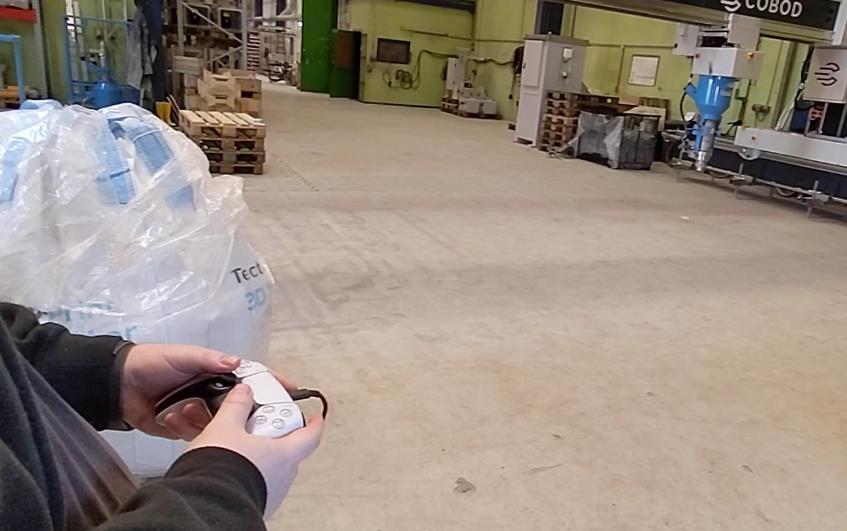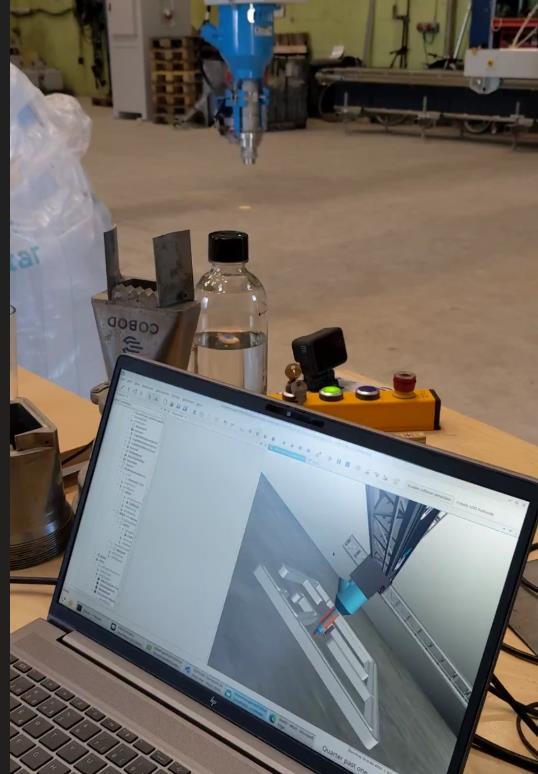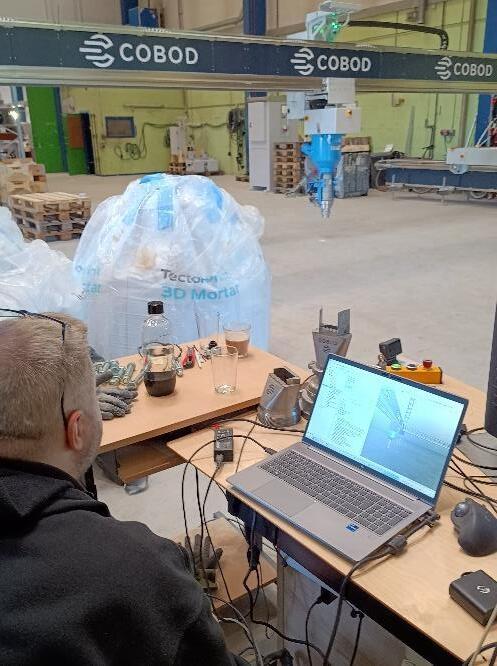WORLD LEADER
3D CONSTRUCTION PRINTING SOLUTIONS
GANTRY-BASED PRINTER DEVELOPMENT
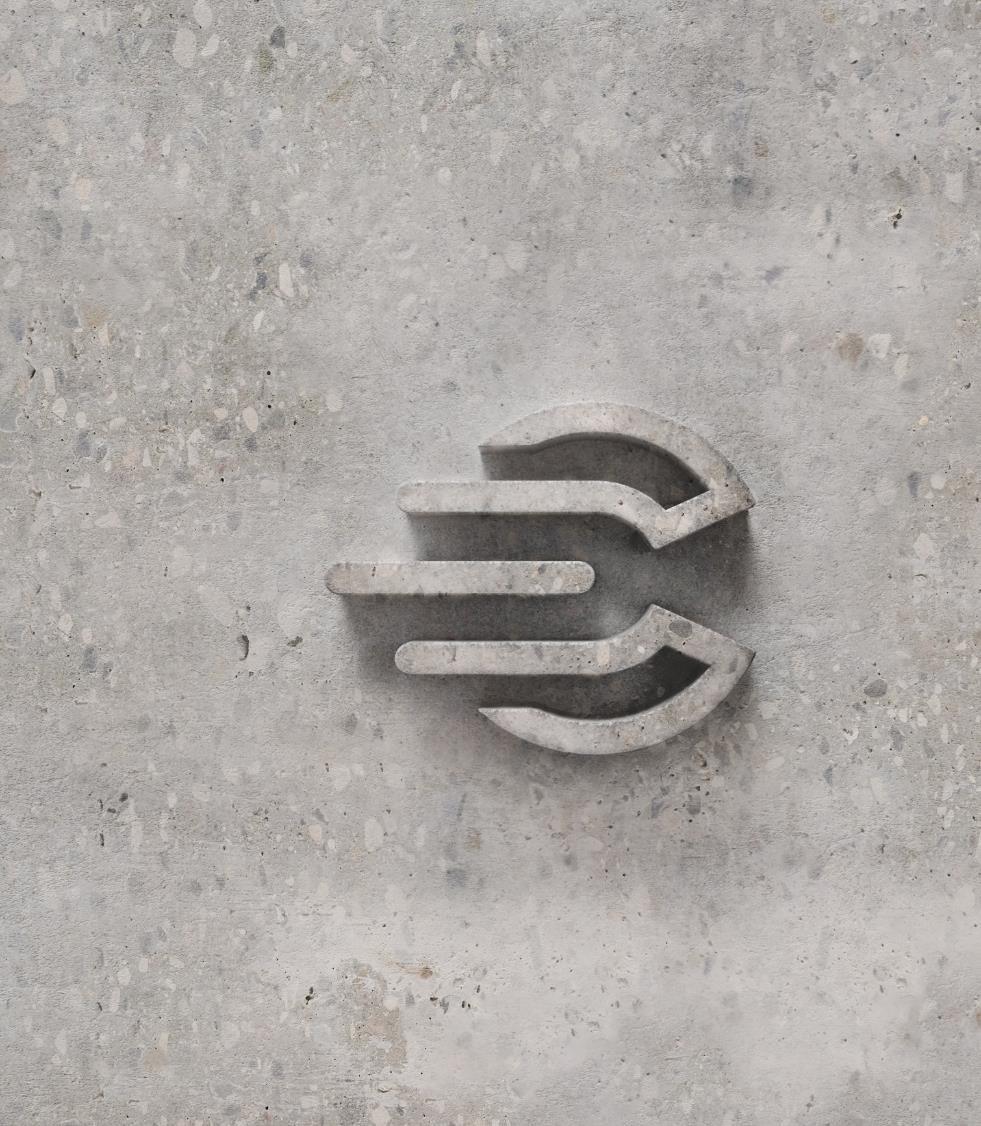


3D CONSTRUCTION PRINTING SOLUTIONS
GANTRY-BASED PRINTER DEVELOPMENT



Tracks solution - BOD3 Developments
New tool base solution - Universal carriage for rapid tool changing
Upgrade from mortar mixer and pump to concrete pump and batch mixer: our Dfab Solution
New printhead – The new High-Througput (HT) printhead including dual dosing
Tool application solution
• Nozzle improvements
Collision avoidance algorithm


Reusing as many components as possible between BOD2 and BOD3 for interchangeability, especially trusses and carriages
New carriages specific to BOD3 are the Y-carriages, Z/X and top-bracket for attaching alu-truss
As a track solution, COBOD trusses are used as rails with a purpose-built wheel system that easily attaches for setup and alignment
Alignment of tracks is achieved by using our precision-made trusses
• Cover terrain unevenness of up to 300mm
Maximum size of a BOD3 configuration is 45m long, 12m wide and 10m tall
• After this length, pumping concrete becomes more difficult, but is still possible
A new hose management was developed that uses a drag chain + pipe solution
• Majority of hoses now run on the ground inside cable chains (less weight on trusses)
• The new system is specifically designed for DN75 hoses allowing for lower pumping pressure and larger aggregate size
All printhead and accessories developed for BOD2 are able to fit on the BOD3
A new cable bracing system from the Y-carriages to the top of Z-axes has been developed for additional stability
To avoid the operator panel moving with the printer, an external e-box was developed to include all controls, chemical pumps and space for additional developments
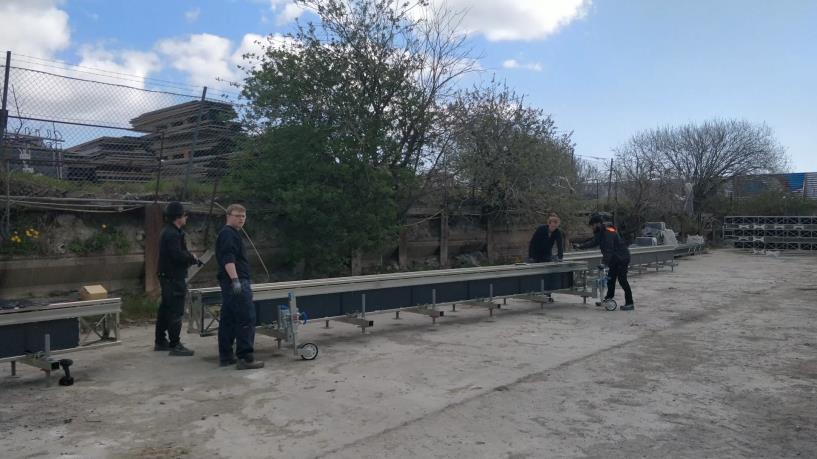
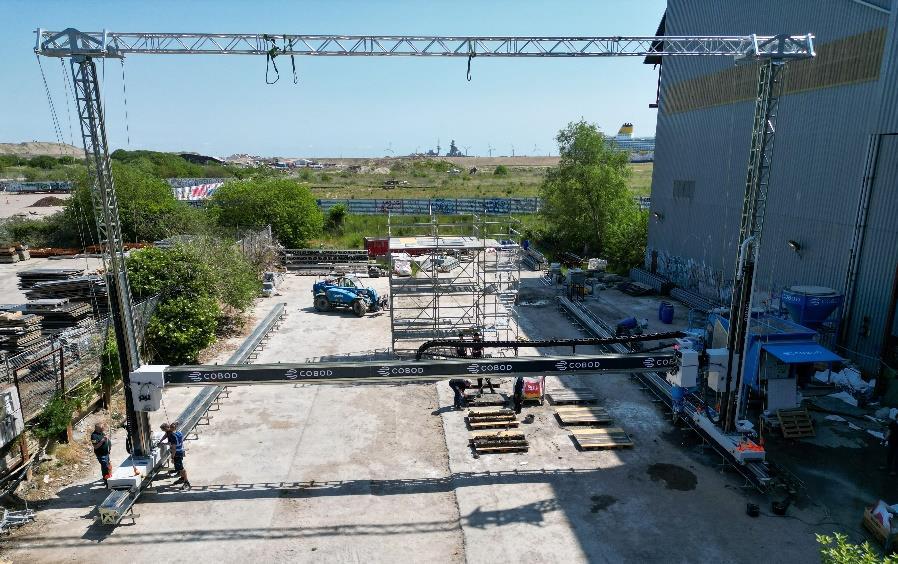

After developing and testing parts in our R&D lab, a full-scale version was set up in the summer of 2023
The first customer version was then shipped to Angola where it is now printing for a customer
Another 5 orders for BOD3 have been received and produced by COBOD
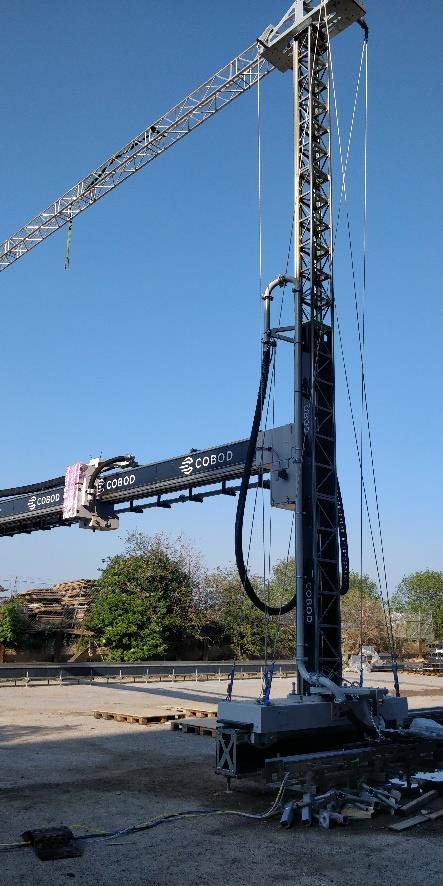
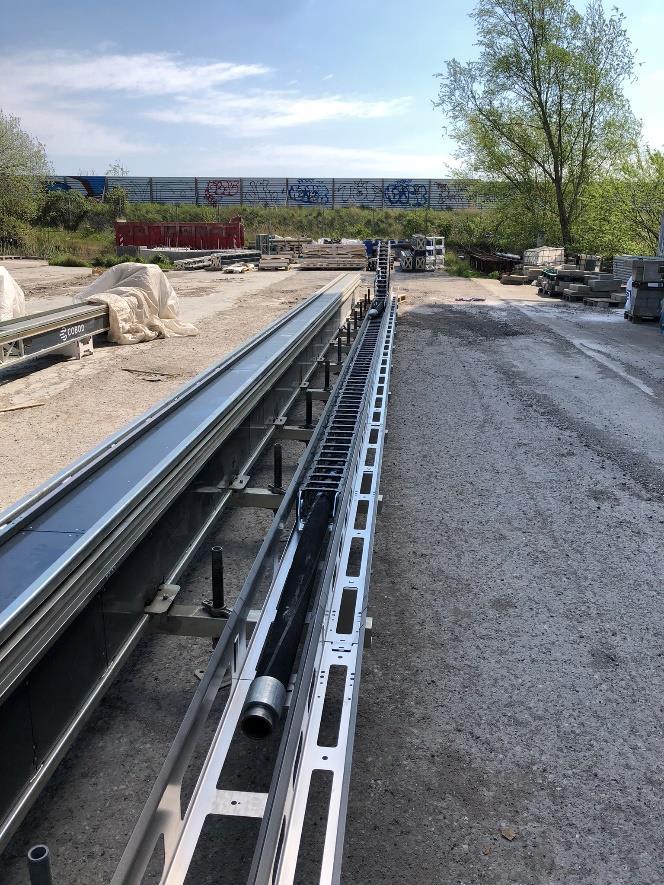



COBOD have developed a quick-swap carriage where the lower section can be customised for different tools such as printhead, robotic arm, casting head, etc.
• This has been named the “universal carriage”
Produced in several iterations and delivered with all BOD3 machines
Tools can be swapped in less than 10 minutes using a special wheeled stand to transport the parts
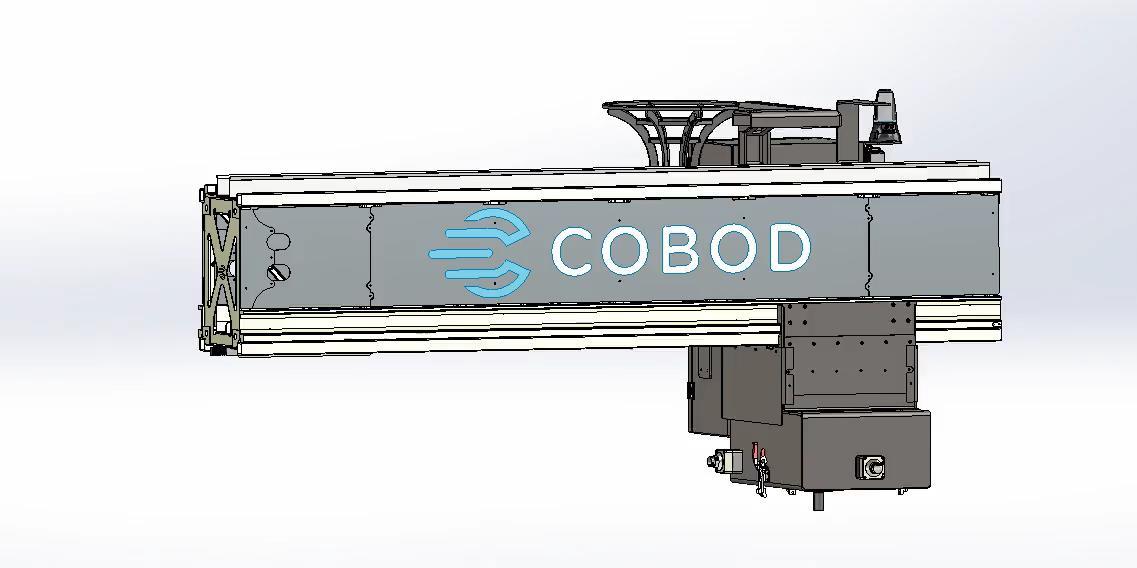



Moving from mortar to concrete printing by using a new developed on-site batch plant and pump, and special additives
3D printable concrete (mixed on-site)
Real concrete (locally sourced)
CEM II cement (any brand)
Dfab admixtures (COBOD & CEMEX)
Aggregates (gravel / sand up t0 10mmm)
Additive set 1 (e.g., superplasticizer increasing pumpability) at batch plant
Additive set 2 (stiffener) at printhead
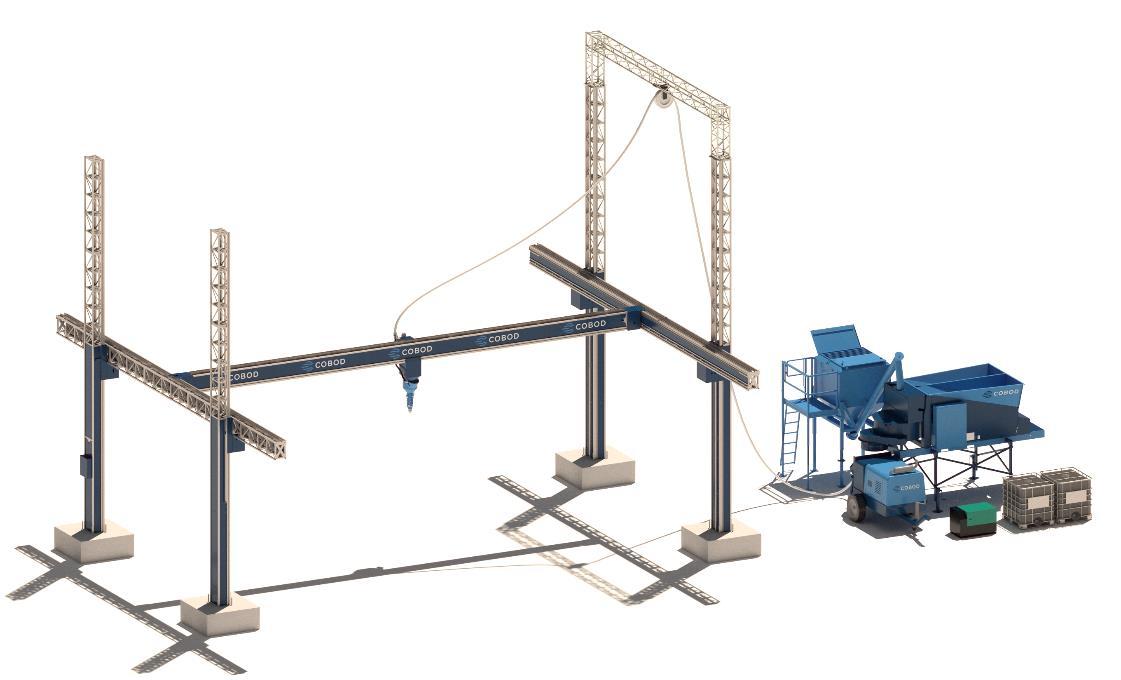

PRINTING WITH REAL CONRETE
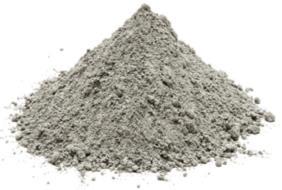

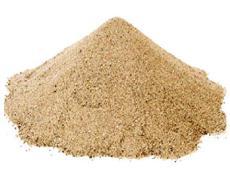
GRAVEL >10mm SAND >2mm
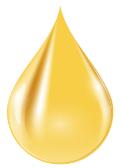
SAND >2mm
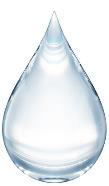
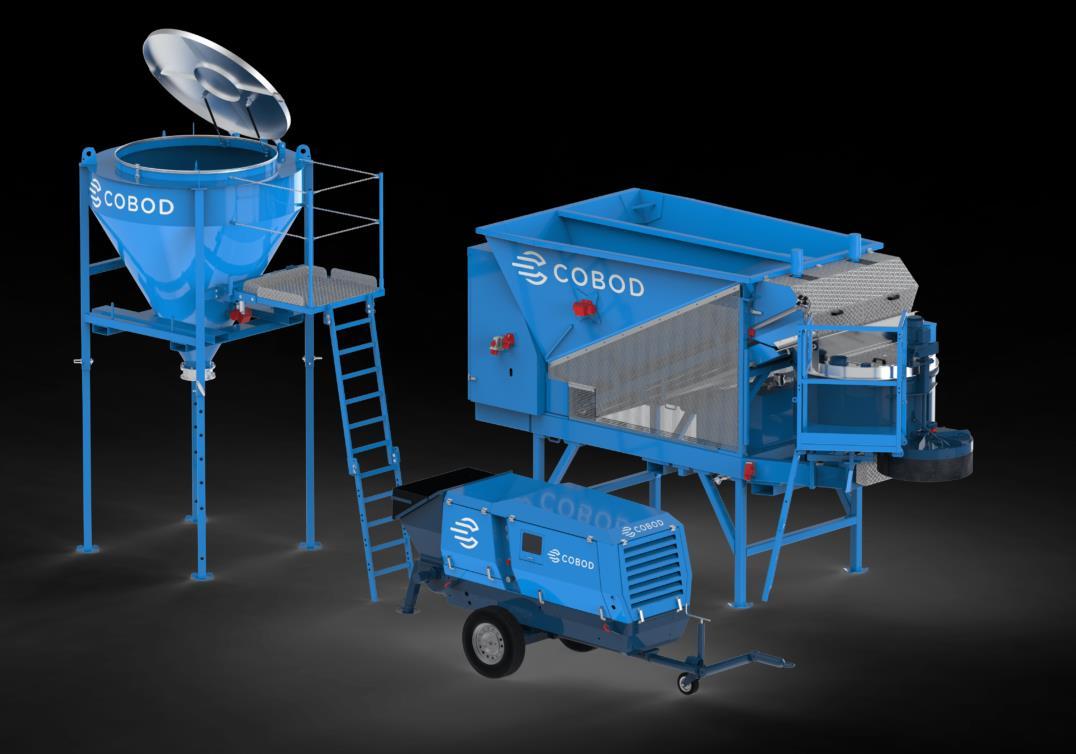
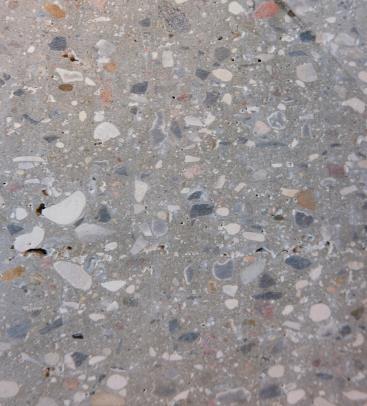


COBOD upscaled from mortar to concrete printing with local materials using our Dfab solution, batchplant and concrete piston pump
The introduction of additives required a redesign of our printhead to allow injection of chemicals right before extrusion
New HT printhead developed for high-throughput with larger volume, bigger nozzles and improved tangential control
Inlet to hopper increased from 2” to 4” from original mortar printhead, new printhead can now print with fibres and is suited for DN75 hoses – potentially moving to 16mm aggregate size concrete
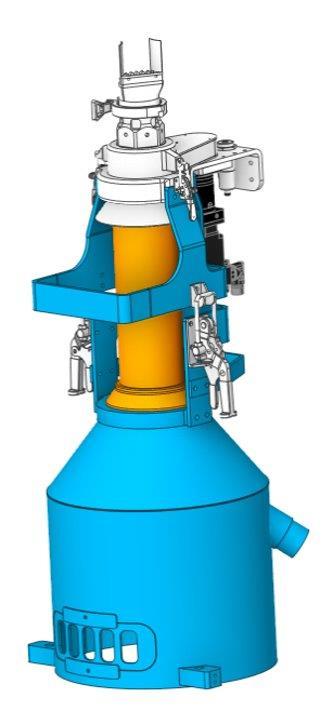


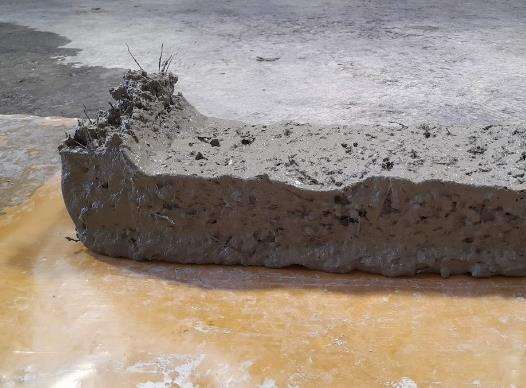

One of the main challenges is to create walls that look like precast elements
A lot of work being done on nozzle design, flaps and additional chemical additives to improve surface quality

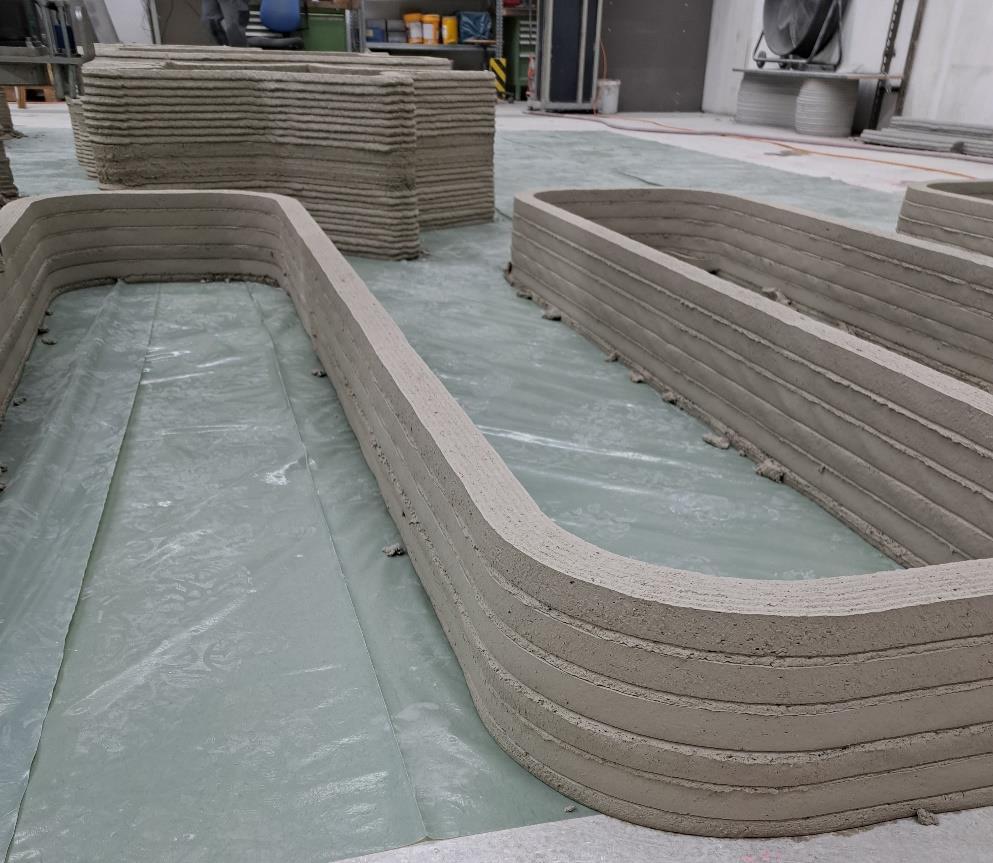


A monitoring system has been developed that tracks the built geometry as the printer prints layers.
This creates a digital twin of the existing building virtually, allowing the software to check for collisions
By continously monitoring the position of the printhead, the algorithm can detect if a collision is imminent and stop the printer from moving
Furthermore, control of the printer has been set up allowing an operator to easily move the printhead in all directions using a game controller
The framework has been tested on a BOD2 and a BOD3 printer and demonstrated that the collision avoidance algorithm works
